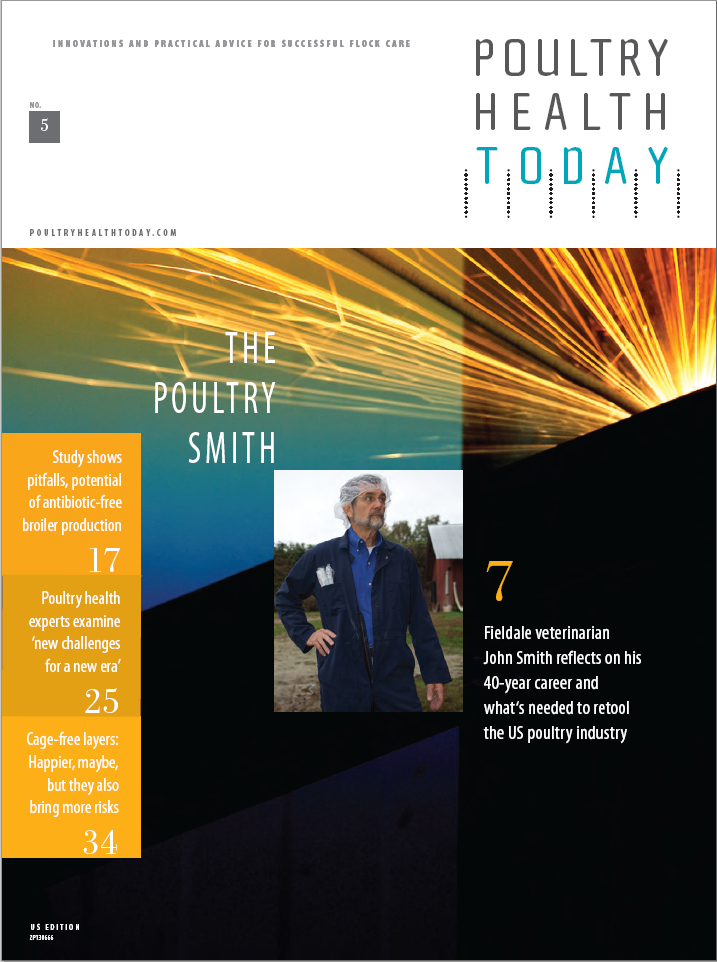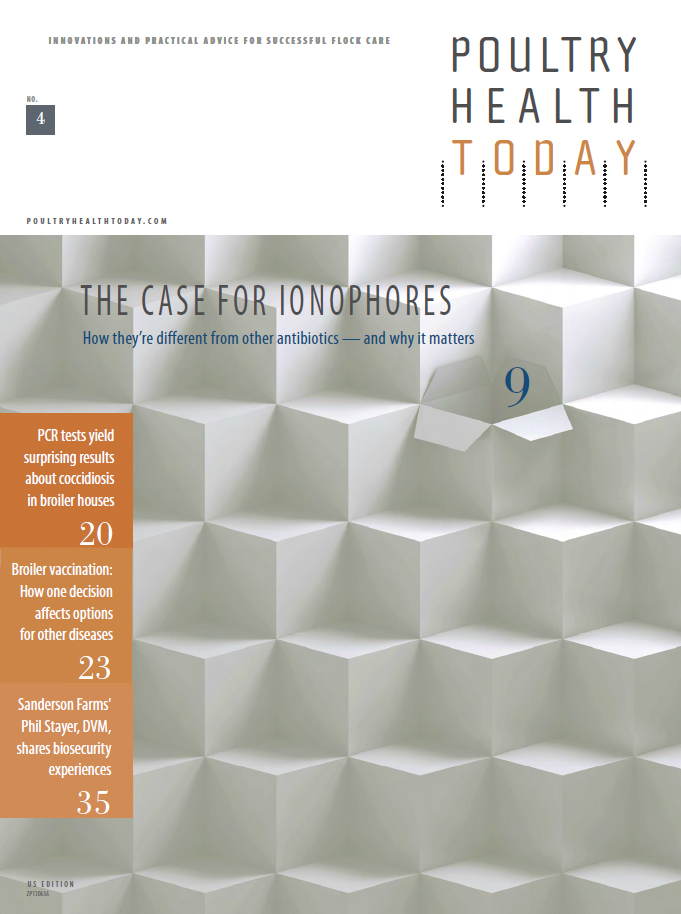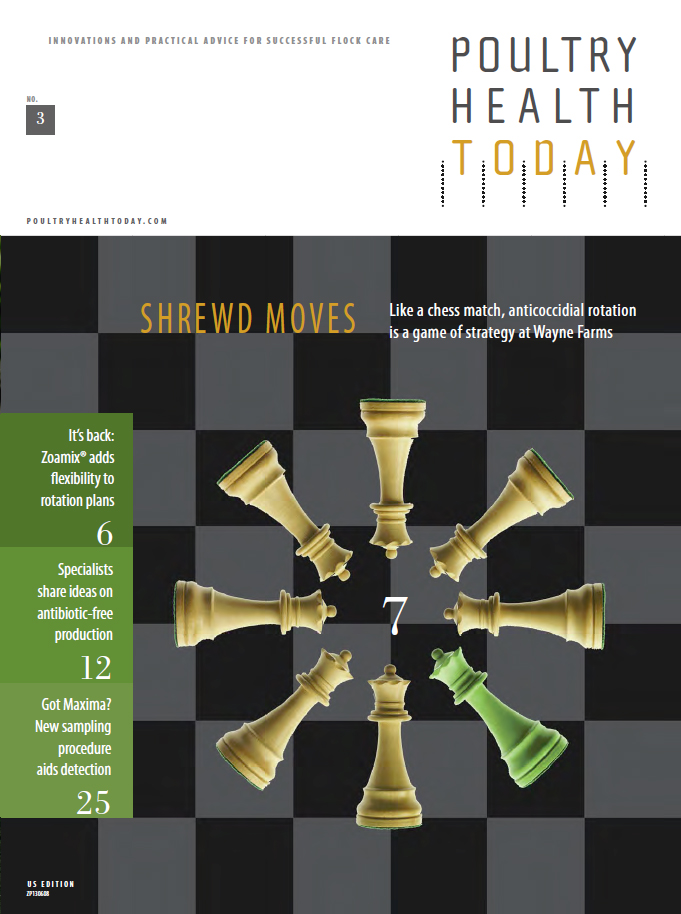

Editorial — ABF: ‘It’s not for everybody’

by Tim Cummings, DVM
Senior Technical Services Veterinarian, Zoetis
In Poultry Health Today’s special report, Miller Poultry’s live-production manager, Stephen Shepard, oozes enthusiasm for antibiotic-free (ABF) production. And who can blame him? He and the company’s visionary owner and president, Galen Miller, are having tremendous success with their program — an accomplishment they attribute more to their management style and corporate culture than technique.
Despite their success, however, Stephen also makes this candid point: “ABF is not for everybody.”
Many consumers think “antibiotic-free” has a wholesome ring to it, so I’m not surprised there’s a growing market for poultry raised without antibiotics. That Miller Poultry and large integrators — Perdue, Tyson and Wayne Farms, to name a few — are helping to meet this demand demonstrates the innovation and can-do spirit of our industry.
Still, ‘ABF is not for everybody’
While the industry moves ahead with ABF production, we must recognize — and also respect — that not every poultry producer has the business model, market or even the inclination to deliberately withhold FDA-approved medications from their birds. Many have pledged to keep using them responsibly, under veterinary supervision, to ensure flock health, welfare and food safety. The new veterinary feed directive rules also provide added insurance they’ll be used at the right time for the right reason.
Likewise, we know that chicken from ABF production systems is not for every consumer. As reported in our cover story, so-called “specialty” skinless chicken breasts — those from birds raised without antibiotics — cost about $5 a pound or 150% more than value-pack chicken breasts from conventionally raised birds, according to USDA. During the same period (late December 2016), skinless chicken breasts from certified organic birds cost even more — $7.36 to $7.90.
While there’s a segment of our population that wants and can afford these specialty products, we know there’s a much larger one that cannot. In fact, according to the US Census Bureau, half of US households in 2015 had incomes less than $54,462. Given the choice between $2 chicken and $5 or even $8 chicken, which product are these folks going to choose?
Once again, ‘ABF is not for everybody’
Our diversity in production is commendable, but we as an industry also need to remember the diversity of our market when making statements about poultry. It’s fine to produce and promote poultry raised with “no antibiotics ever.” But for everyone’s sake, let’s not do it in a way that suggests there’s something wrong, less wholesome or even harmful about conventionally raised poultry — a group that makes up at least 80% of our market. That opportunistic approach not only hurts our industry, it also potentially offends and alienates the billions of diehard poultry enthusiasts scrimping to afford that $2-a-pound value pack for their families.
Shortly before the Great Depression, a presidential campaign flyer promised Americans “a chicken in every pot.” That should still be the US poultry industry’s goal, but we won’t get there if it all needs to be raised without antibiotics and sold at a 150% premium.
More Issues












